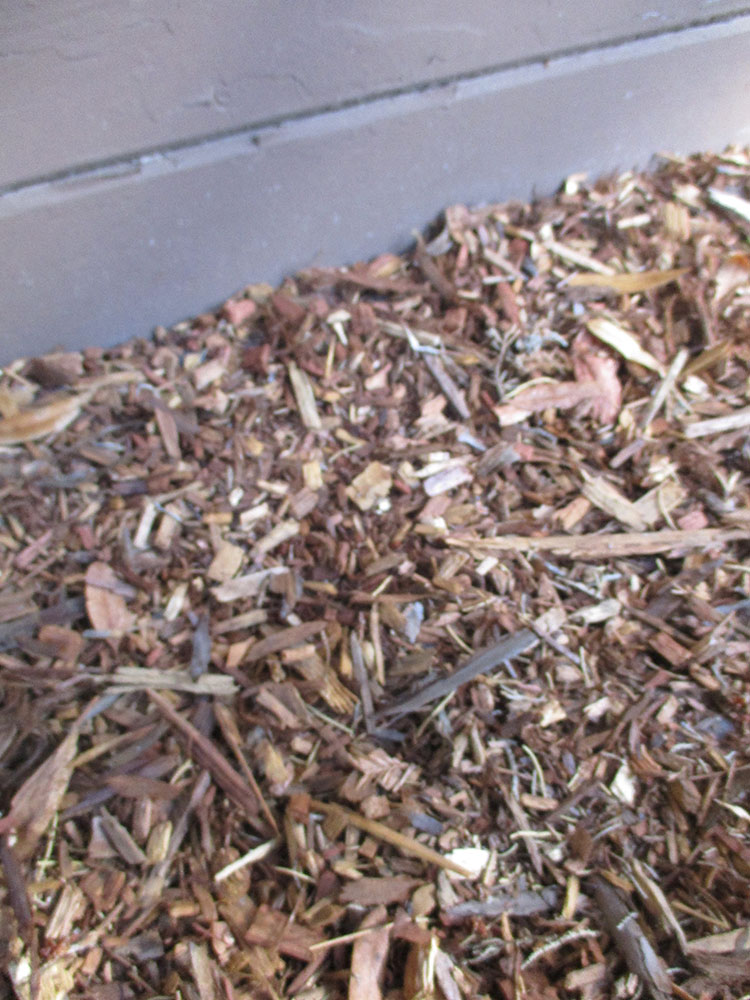By Tony Tomeo
Every living thing in our gardens came from the wild somewhere. A few plants might be natives trying to adapt to synthetic landscapes. Some might be from similar climates. Some are likely from very different climates. Even houseplants came from the wild somewhere in the World. Regardless of their respective origins, in home gardens, all plants want to behave as they would in the wild.
Many plants want to defoliate at this time of year. Even some evergreens want to shed some of their old foliage before winter. Some perennials die back to the ground. Most summer annuals are already dead. There is an abundance of deteriorating organic material getting discarded by the plants that produce it. In the wild, all this detritus would naturally fall to the ground and decompose.
That might be a problem in parts of our refined landscapes. Fallen leaves must be raked from lawns, decks, pavement and various other flat spaces outside. If left too long, they shade out lawns, ground cover and bedding plans. Fallen leaves can stain decking and pavement too. The worst diseases of roses and fruit trees overwinter in fallen infected debris that does not get raked away.
Unfortunately, raking the mess of autumn away deprives the plants that live in the garden of the abundant decomposing organic matter that they expect to be delivered this time of year. The soil is left exposed and uninsulated, allowing temperature and moisture content to fluctuate more than they would naturally. Nutrients are not replenished as readily as they would be from decomposition.
Mulch, which can be applied at any time of the year, is quite seasonably appropriate in autumn. This is when plants expect decomposing organic matter to arrive from above. Mulch compensates for the loss of what we consider to be a mess, but what plants consider to be an important component to their natural ecology. It gives them what they want, but is neat enough for refined gardens.
The best mulch for the job just might be fallen leaves that were raked last year and composted, perhaps with other debris from the kitchen and garden.
Highlight: Leyland cypress
The ‘X’ preceding its Latin name ‘X Cupressocyparis leylanii’ designates Leyland cypress as a hybrid of two distinct genera, namely Monterey cypress and Nootka cypress. (Those who consider the parents to be two species of the same genus know Leyland cypress as Cupressus X leylandii.) The many cultivars combine desirable qualities of both parents, but also innate weaknesses.
Rows of Leyland cypress grows fast to become densely evergreen windbreaks or informal screens within only a few years. However, they are very susceptible to cypress canker, and are likely to succumb within twenty-five years or so. Farther inland, they may not last half as long. That may be quite acceptable for temporary windbreaks in front of slower but more permanent shrubby trees.
Common Leyland cypress develops a distinctly plump but conical form, with slightly grayish foliage. Most other cultivars are more columnar. Foliar color ranges from bluish green to gold. The tiny scale leaves are densely set in flat sprays. Healthy trees can get nearly thirty feet tall in ten years. Most stay lower where exposed. Crowded trees that live long enough exceed a hundred feet tall.
•••
Horticulturist Tony Tomeo can be contacted at tonytomeo.com.
